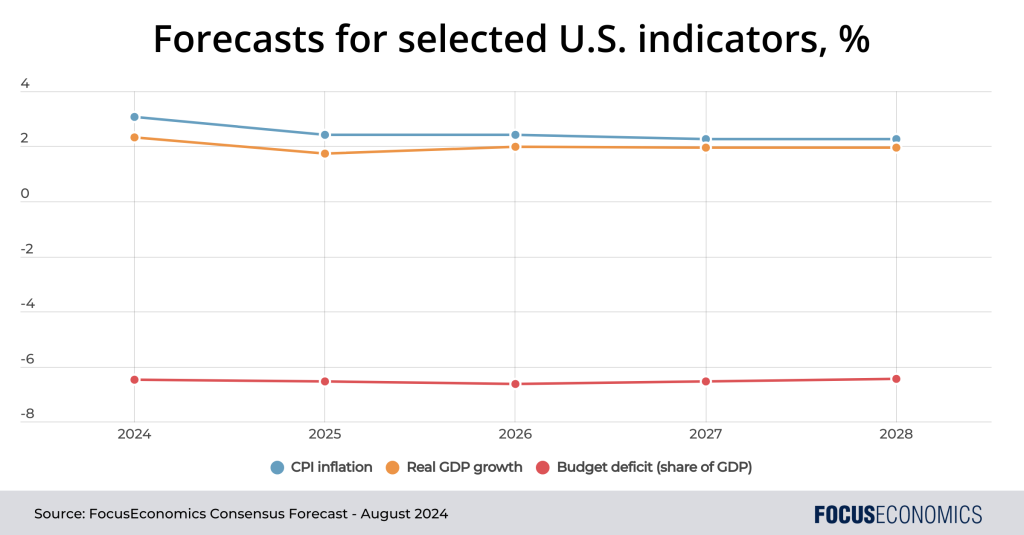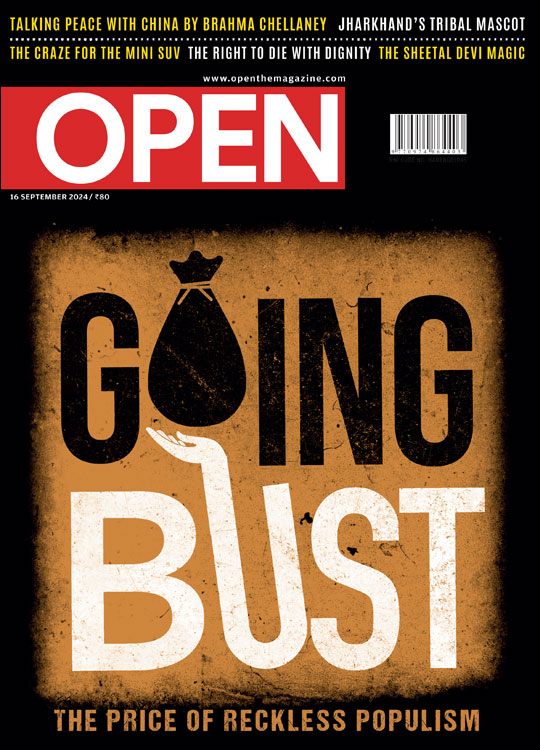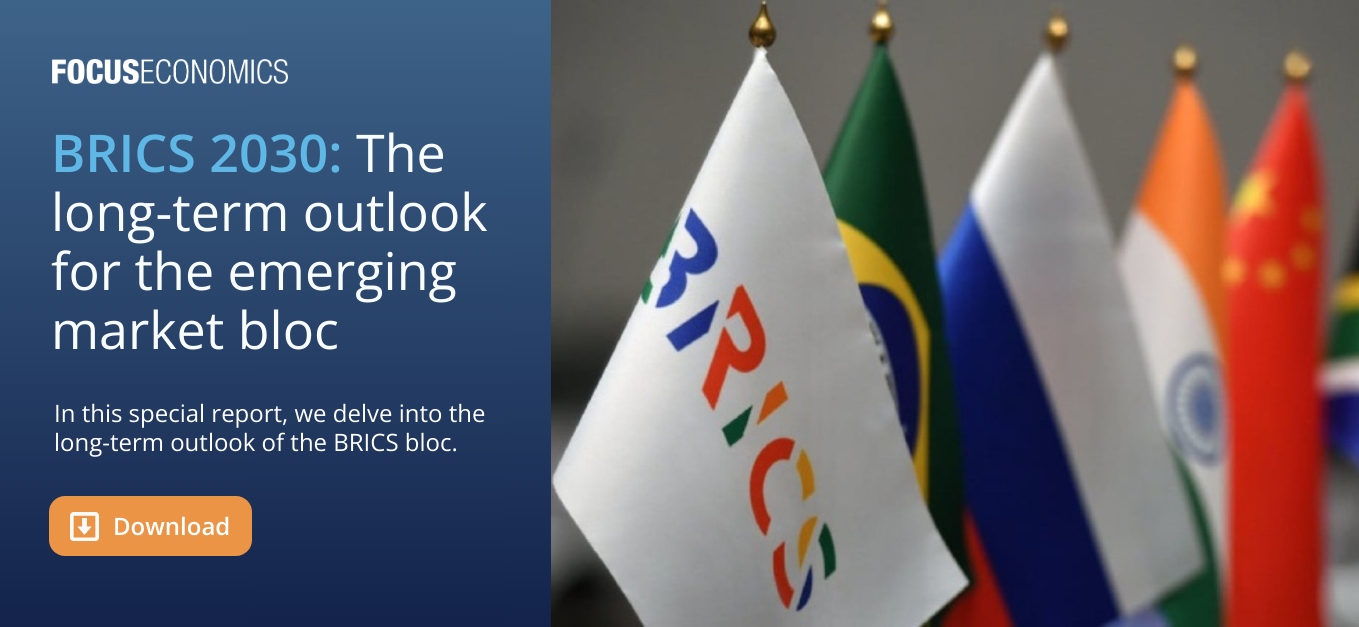
What are Trump’s economic plans?
Leer en Español
Since Joe Biden bowed out of the presidential campaign in favor of Vice President Kamala Harris on 22 July, polls have shown a narrowing of the gap in voting intentions between Harris and Donald Trump. However, Trump still has a strong chance of clinching the presidency in the November elections. So what are Trump’s economic plans, and what could they mean for the economy of the U.S. and the world at large?
Lower taxes, higher tariffs: If elected, one of Trump’s economic plans would be to cut domestic taxes—he recently floated the idea of reducing the federal corporate tax rate from 21% to 15% for instance. But at the same time, he has threatened to raise trade barriers with the rest of the world, with a possible blanket 10% tariff on all imports and even higher ones for goods from China. The upshot of these tax and tariff measures would be higher U.S. inflation, possibly forcing the Federal Reserve to keep interest rates higher for longer; the net impact on real U.S. GDP of the measures would depend on whether the boost from tax cuts outweighs the drag from higher tariffs and interest rates. For the rest of the world, the economic impact would likely be unambiguously negative.

International isolationism: Under a Trump presidency, net migration to the country would likely ebb—weighing on economic growth—while relations with erstwhile allies in Europe and Asia would become more distant and transactional. This could speed up the end of the conflict in Ukraine (Trump could threaten to halt aid to Kyiv, thus forcing Ukraine to the negotiating table), but also raise the risk of Russia invading other Eastern European countries and China invading Taiwan.
High public debt and deficits: The revenue lost from future Trump tax cuts would likely outweigh extra tariff revenue: As such, Trump’s economic plans would likely lead to the fiscal deficit remaining extremely wide—the highest in the G7—while public debt would continue to increase as a share of GDP. This raises the risk of investors ditching Treasuries, causing yields to rise and crowding out other areas of government spending. Moreover, the need to renegotiate the debt ceiling periodically will lead to default risks.
Insight from our analyst network
On the U.S. economy, EIU analysts said:
“We have altered our US political forecast. We now expect former US president, Donald Trump […] to win the US presidency […]. US consumer price inflation is now forecast to be higher as a result of Mr Trump’s promised import tariffs, restrictions on immigrant labour and tax cuts. We have downgraded our forecast for US real GDP growth, which we now expect to average 1.9% a year in 2025-28 (compared with 2.1% previously). We also believe that the Federal Reserve will need to maintain a higher policy rate in 2025-28 than we previously forecast to combat inflation; it now averages 3.6% in those years (3.1% previously).”
ING analysts commented on fiscal metrics:
“Government borrowing and the national debt are barely getting a mention in the US election campaign, yet a failure to change trajectory risks further debt downgrades, more market volatility and higher borrowing costs. This will pose economic headwinds, making it all the more challenging for the victor to achieve their manifesto goals.”
Our latest analysis
Korea’s economy fell into a surprise contraction in Q2 amid lower investment and private spending.
Canada’s central bank cut rates for the second straight meeting in July amid contained inflation.
Special Report: BRICS 2030
Don’t miss our latest special report on the long-term outlook for the BRICS economies!
The post What are Trump’s economic plans? appeared first on FocusEconomics.



Leave a Comment